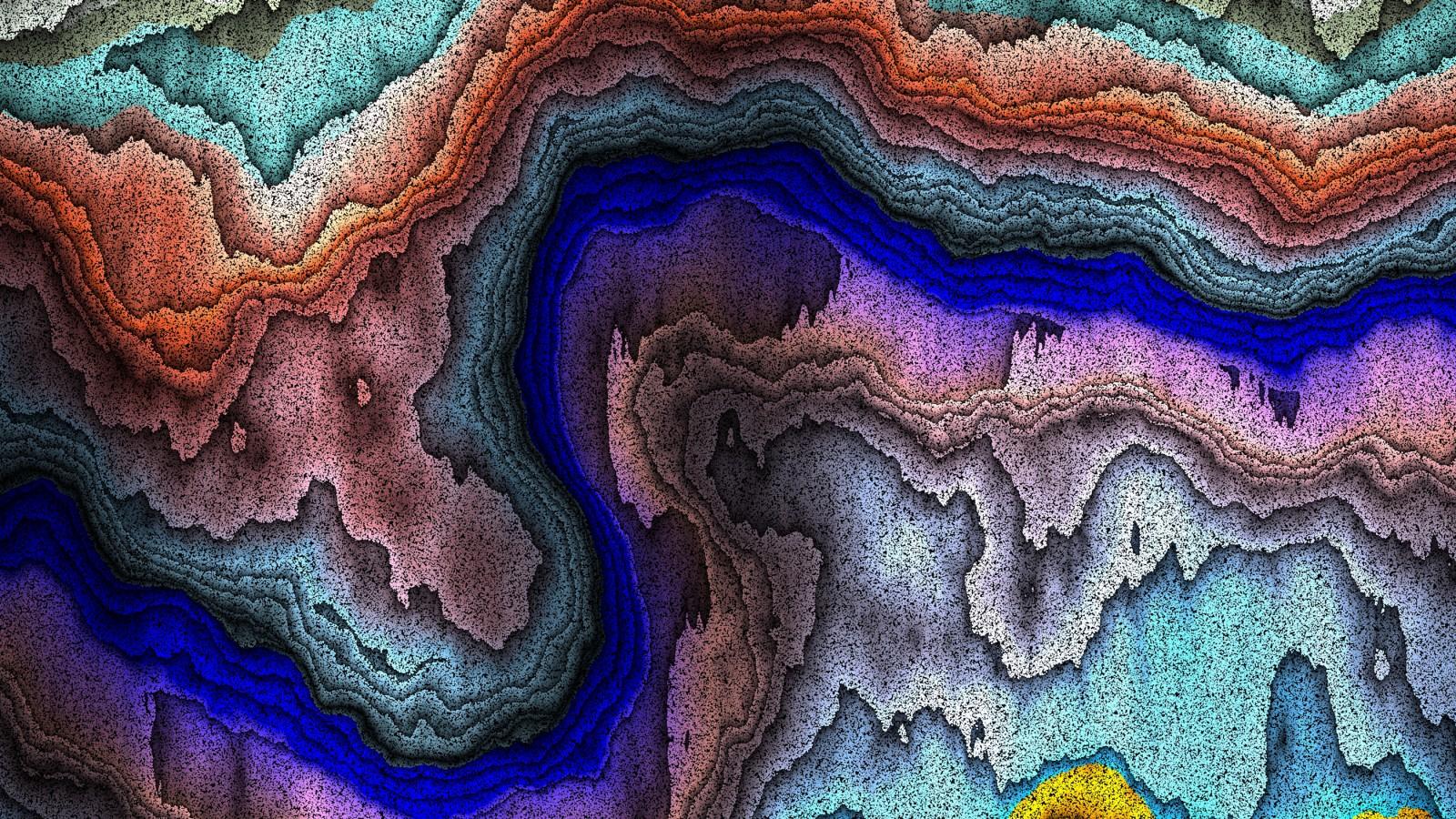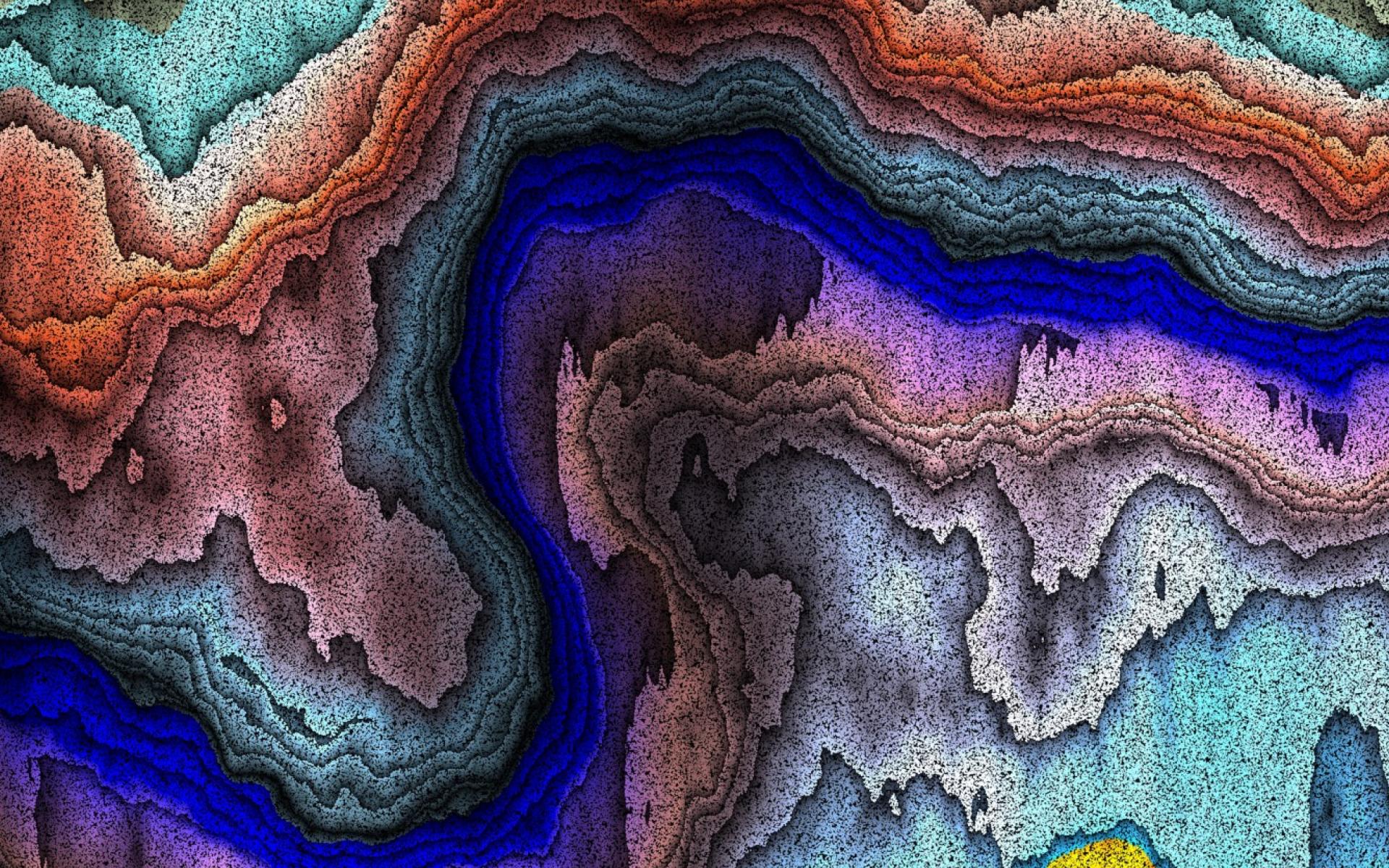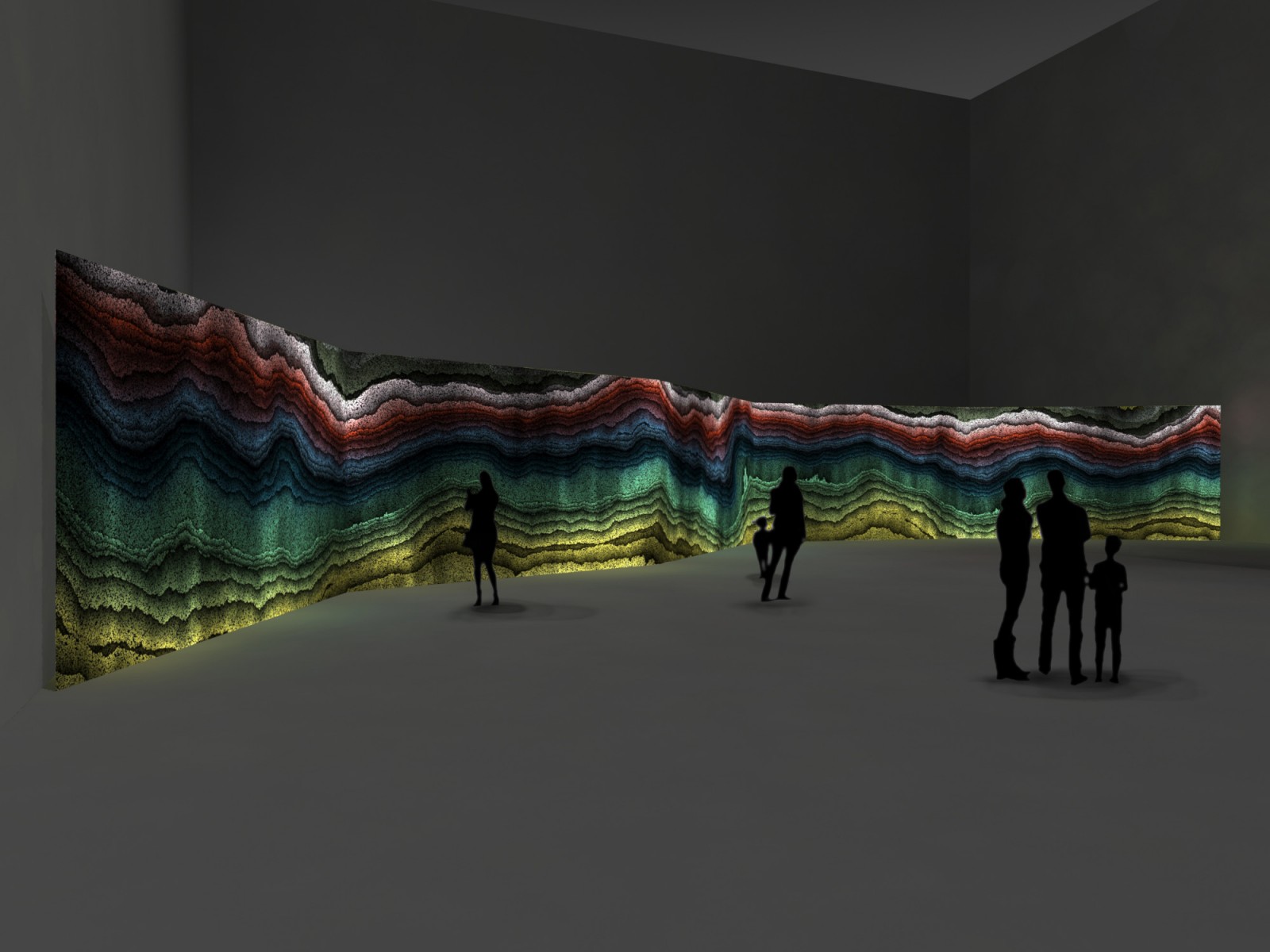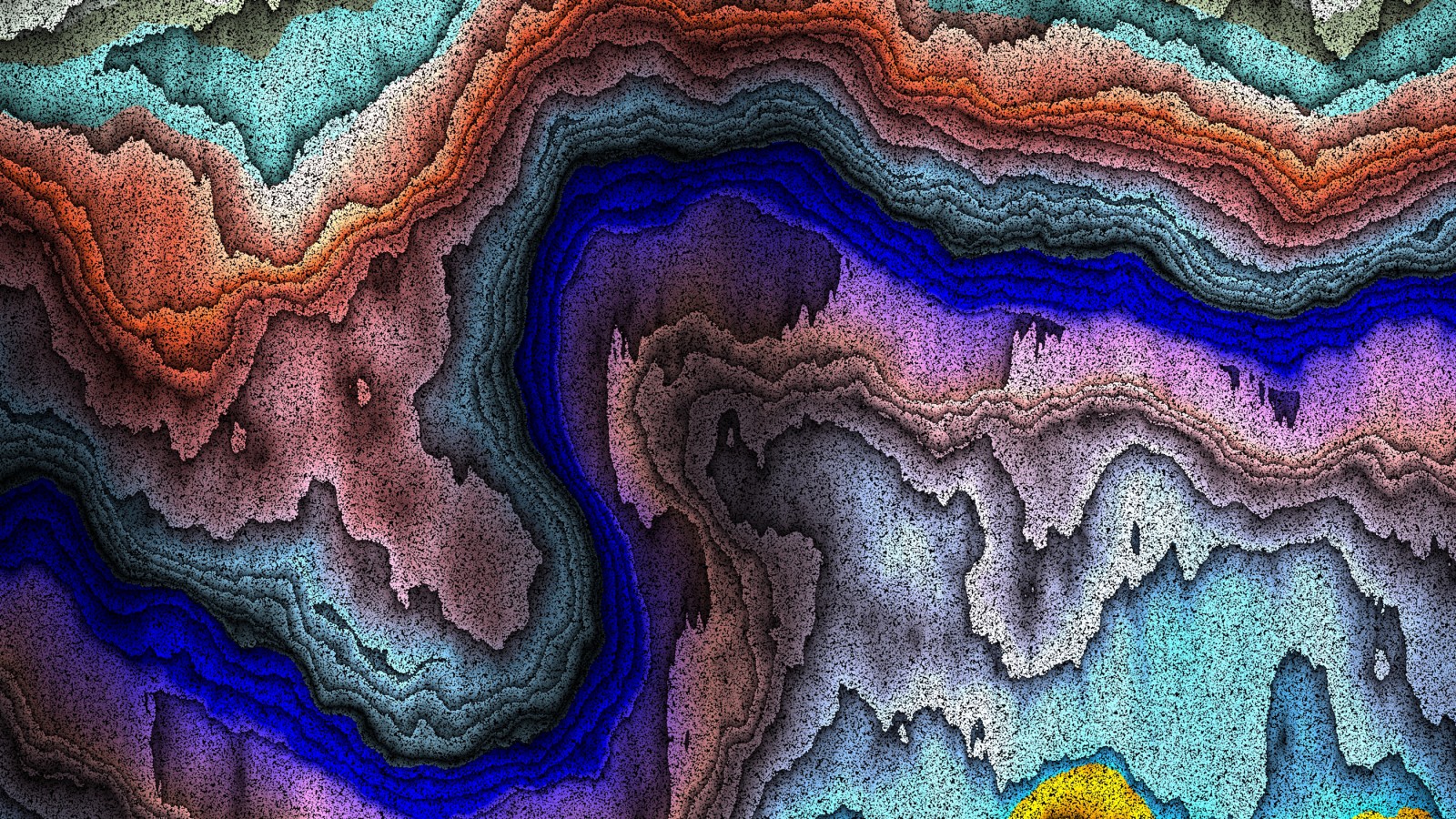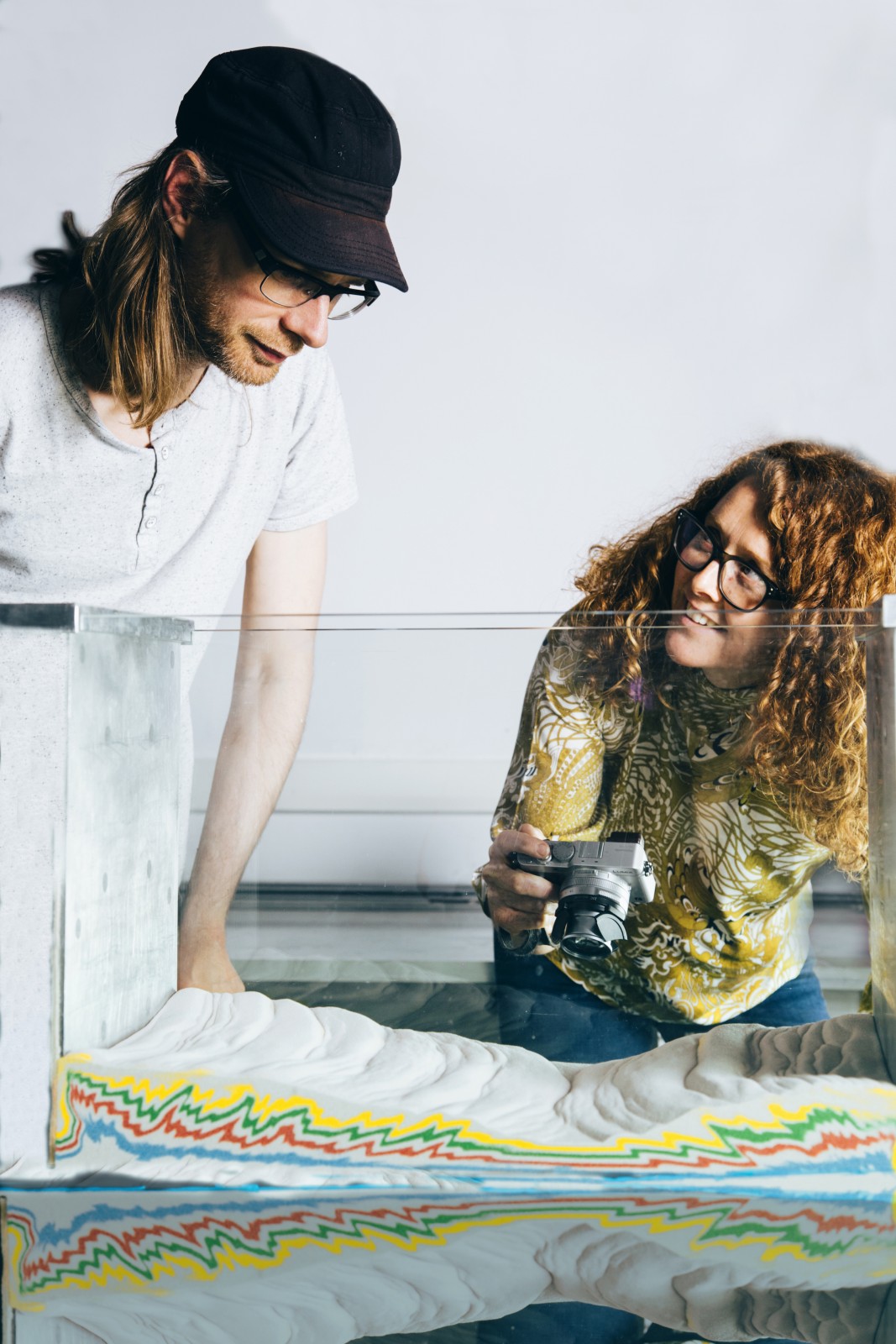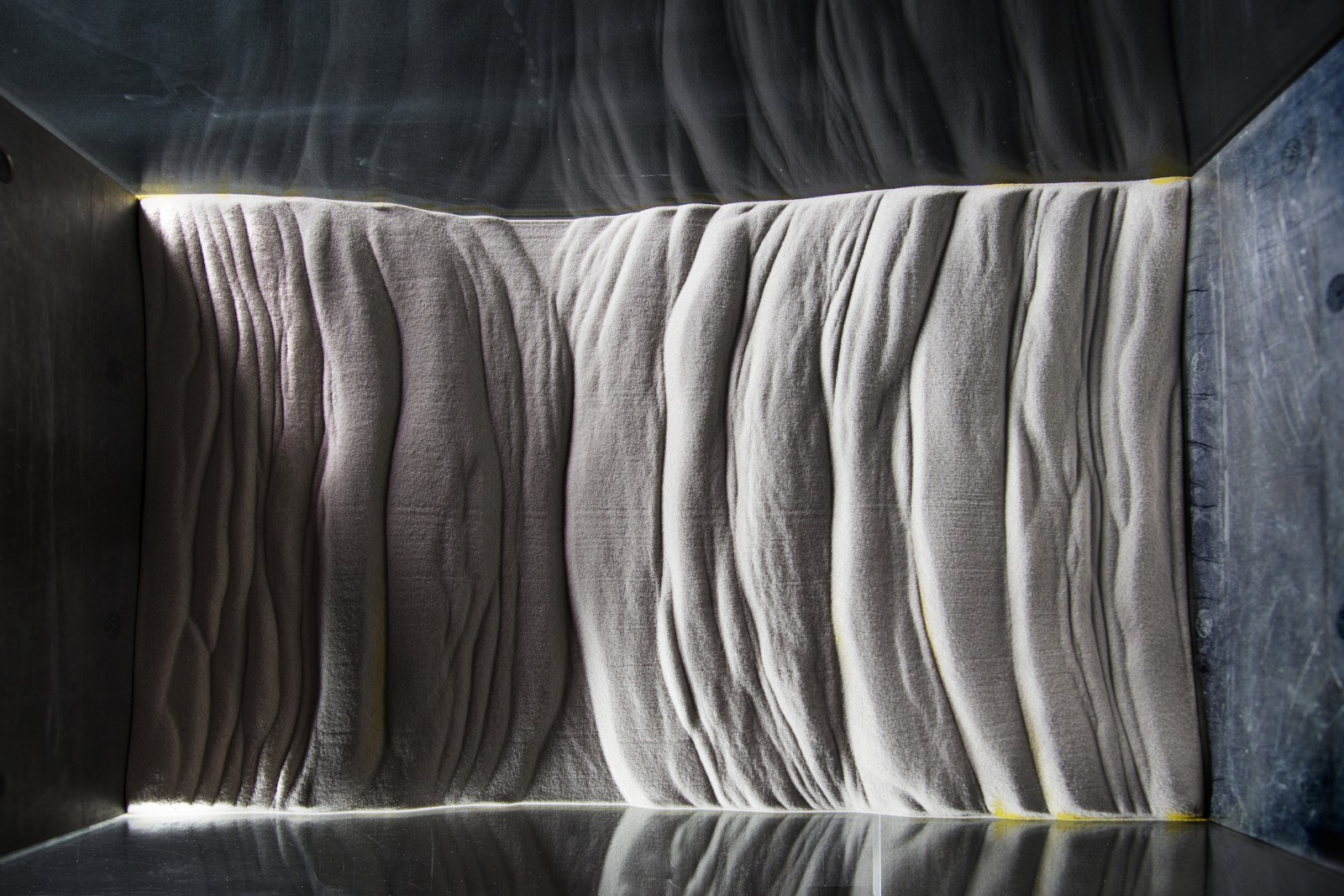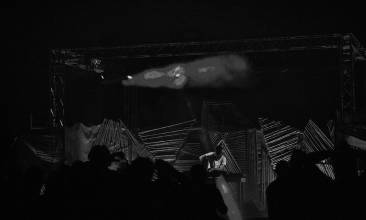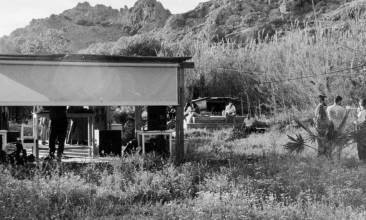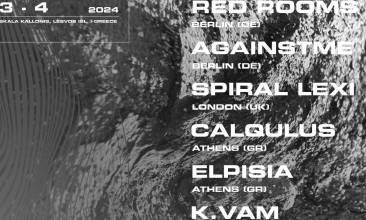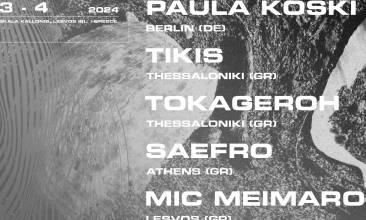Art and science - Sónar 2016
Art and science combine in a large inmersive video installation from British studio Semiconductor, premiering in June at SonarPLANTA 2016
The large-scale piece entitled "Earthworks" represents the process of the Earth’s formation through the centuries up to and including to the Anthropocene, the current geological era defined by the effects of human activities upon the Earth ecosystems.
The piece consist of 5 x 5.5 metre screens, placed in zig-zag form, on which detailed animated graphics representing the Earth’s strata surrounding PLANTA -the industrial headquarters of the Sorigué business group (based in Balaguer, Lleida) will be projected.
"Earthworks" graphics will be triggered by seismic data turned sounds of earthquakes, volcanoes and glaciers, as well as by data obtained by the human activity working on the PLANTA excavations and the movements produced by machinery used in quarries.
The seismographic data which act as the engine for the piece are obtained from the IRIS public records, an organization of seismological research institutionswith the help of Geotechnology experts from the Faculty of Earth Sciences at the University of Barcelona.
British studio Semiconductor, which specializes in works of art incorporating and based on scientific data, has this year been selected to produce the large format centrepiece for SonarPLANTA. Previously, Semiconductor has taken up residences in scientific research centres including NASA, CERN and the Smithsonian Institute’s Natural History Museum.
Starting in in 2014 SonarPLANTA is the joint initiative between Sónar and the Sorigué Foundation, which aims to promote and celebrate the research and experimentation of creative languages, based around technology and new media art. Since its introduction, each year SonarPLANTA has invited renowned artists in the field of art and technology to present a New Media Art project that will be premiered at Sónar Barcelona. PLANTA -the cultural project launched by the Sorigué business group and the Sorigué Foundation- serves as the basis for inspiration for the works presented at each edition of SonarPLANTA as its starting point.
Semiconductor, specialists in combining science and art
Semiconductor - the duo of British artists Ruth Jarman and Joe Gerhardt- are explorers of the digital and natural world. Their work uses scientific data from nature (earthquakes, volcanic activity, carbon dioxide air measurements, astral movements, data from satellites), transforming them into pieces that represent this data in a tangible and aesthetic way. Sound, image and expertise work hand in hand, to creatively document the phenomena of the world around us, whether it is natural or affected by human activity.
Semiconductor’s focus on this field has seen them take up artistic residences at the most prestigious scientific institutions around the world. NASA, for example, where they performed “Magnetic Movie” a creative documentary that presents scientific evidence illustrated by abstract animations, with low frequency electromagnetic spectrum sound recordings, as well as Brilliant Noise, a film piece driven by scientific data on solar activity. At the Smithsonian Institute they studied volcanic activity and geological phenomena that represents the formation of the earth into its solid state, creating the work “Worlds in the Making”. Their most recent 2015 residence was at CERN, home to the world's largest particle accelerator.
Semiconductor have also received a number of awards –including the Samsung Art+ Prize 2012- and have displayed their works at many specialized fairs and art institutions around the world, such as the San Francisco Museum of Modern Art, London’s Royal Academy of Arts, the International Rotterdam Film Festival and the Sundance Film Festival.
To this curriculum we should add the work commissioned for this year’s SonarPLANTA centrepiece, where they will once again act as mediators between scientific data and the perception of the world around us.
“Earthworks” as described by Semiconductor
"With this work we want to create an experience of the phenomena of landscape formation through the languages of science that are made to study it. By using seismic data to control the geo models, we are not only playing with the idea that seismic events have shaped and formed the landscape around us, but also that being events that occur beyond a human time frame can only be experienced through scientific mediation of nature. We want to create a work that celebrates modern science on the one hand, that’s a work that’s kind of a technological sublime, creating a lush and rich animation, but we also want the viewer to consider the problem that’s posed by only experiencing nature but only experiencing nature through technological and scientific mediated observations of nature "
Description of the work
“Earthworks” is a piece representing the process of the Earth’s formation and the constant changes that occur in its structure and landscape, from those caused by natural phenomena (earthquakes, erosions) to those produced by the effects of human activity that are defining a new geological era: the Anthropocene.
Five large screens arranged in zig-zag form will create the structure for this multi-channel video installation. “Earthworks” will project high definition animated graphics that represent the movement of the earth’s strata in minute detail: layers fusing and separating in constant motion, driven by seismographic data from phenomena such as earthquakes, volcanoes and glaciers, converted by the British artist duo into a stream of surround sound.
This seismic data was obtained from the IRIS public archive (Incorporated Research Institution for Seismology) and PLANTA -the industrial headquarters of the Sorigué business group at Balaguer, Lleida with the help of experts in Geotechnology, Faculty of Earth Sciences at the University of Barcelona. Thus, the work also incorporates a series of vivid and more recent data that are directly related to the newly demarcated geological era of the Anthroposcene.
Semiconductor introduce the use of scientific methods into their creative process; in this case the use of
geo-models, a technique used by geologists to study the formation of the earth by applying various physical forces onto dyed sand, in order to observe its behaviour. Similarly, the animated graphics of “Earthworks” react according to the sound that is applied in each moment.
What is SonarPLANTA?
Starting in in 2014 SonarPLANTA is the joint initiative between Sónar and the Sorigué Foundation, which aims to promote and celebrate the research and experimentation of creative languages, based around technology and new media art.
Since its introduction, each year SonarPLANTA has invited three renowned artists in the field of art and technology to present a New Media Art project using PLANTA -the cultural project launched by the Sorigué business group and the Sorigué Foundation- as its starting point.
PLANTA serves as the basis for inspiration for the works presented at each edition of SonarPLANTA; the space for artistic creation and business innovation located in La Plana del Corb (Balaguer, Lleida), in which art, architecture, industrial processes and natural landscape coexist.
The selected work is produced exclusively for SonarPLANTA by the Sorigué Foundation and is presented to the public annually at Sónar Barcelona.
SonarPLANTA: 2014, Inaugural edition
Sónar 2014 hosted the very first SonarPLANTA where the centrepiece was created by one of the most important explorers of the digital aesthetic in art: Carsten Nicolai (Chemnitz, Germany.1965), who presented the monumental immersive audiovisual installation "unidisplay".
SonarPLANTA: 2015, second edition
ART+COM, the renowned Berlin studio -a pioneer in the application of technology to the art world- presented the monumental kinetic installation "RGB|CMY Kinetic" at the second SonarPLANTA. The installation was formed by choreography of primary and mixed coloured lights driven by five airborne reflective disks and activated by powerful industrial precision machinery. In addition, Icelandic composer Ólafur Arnalds created the soundtrack for the installation.
More info at www.sonar.es
